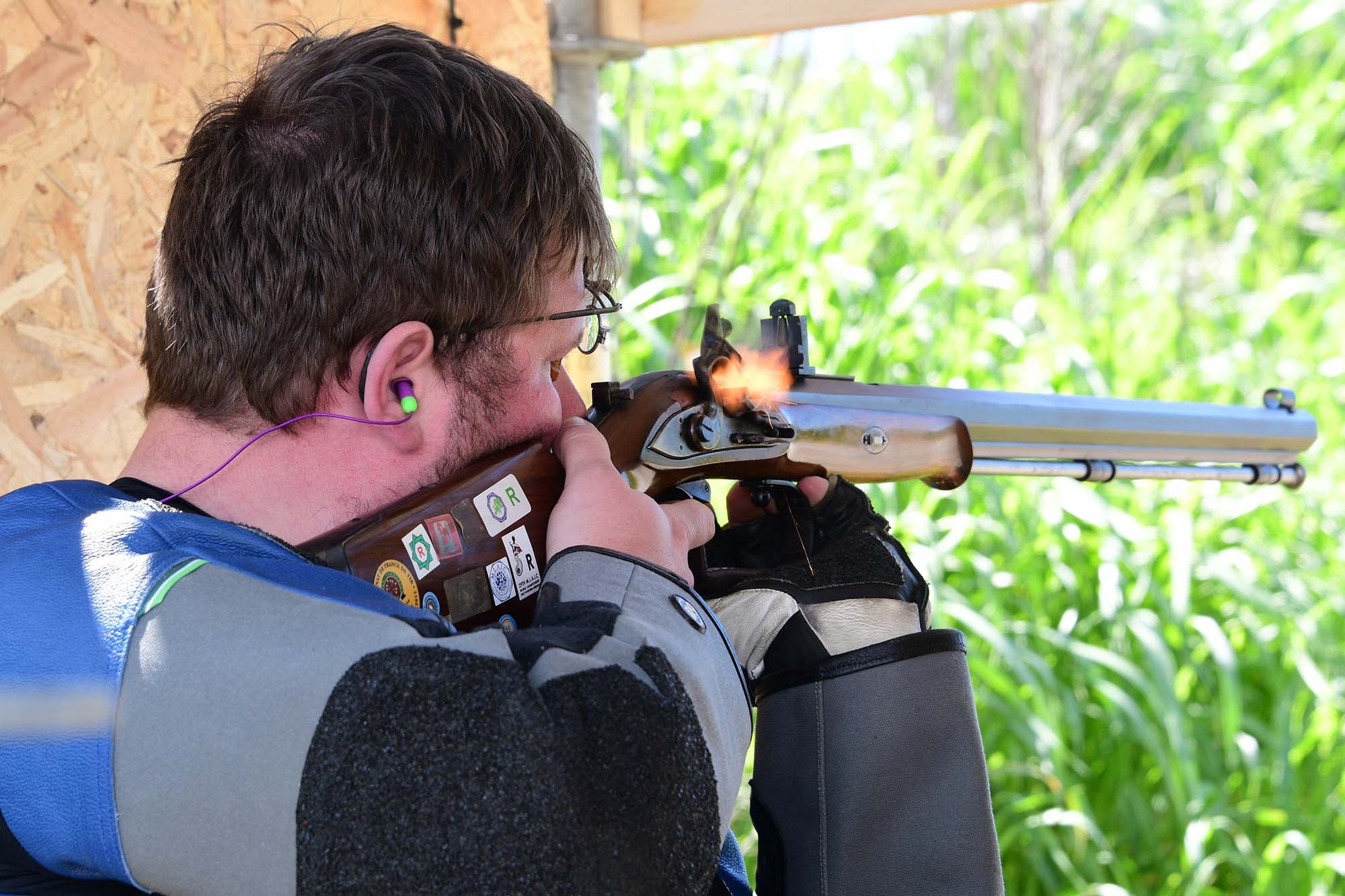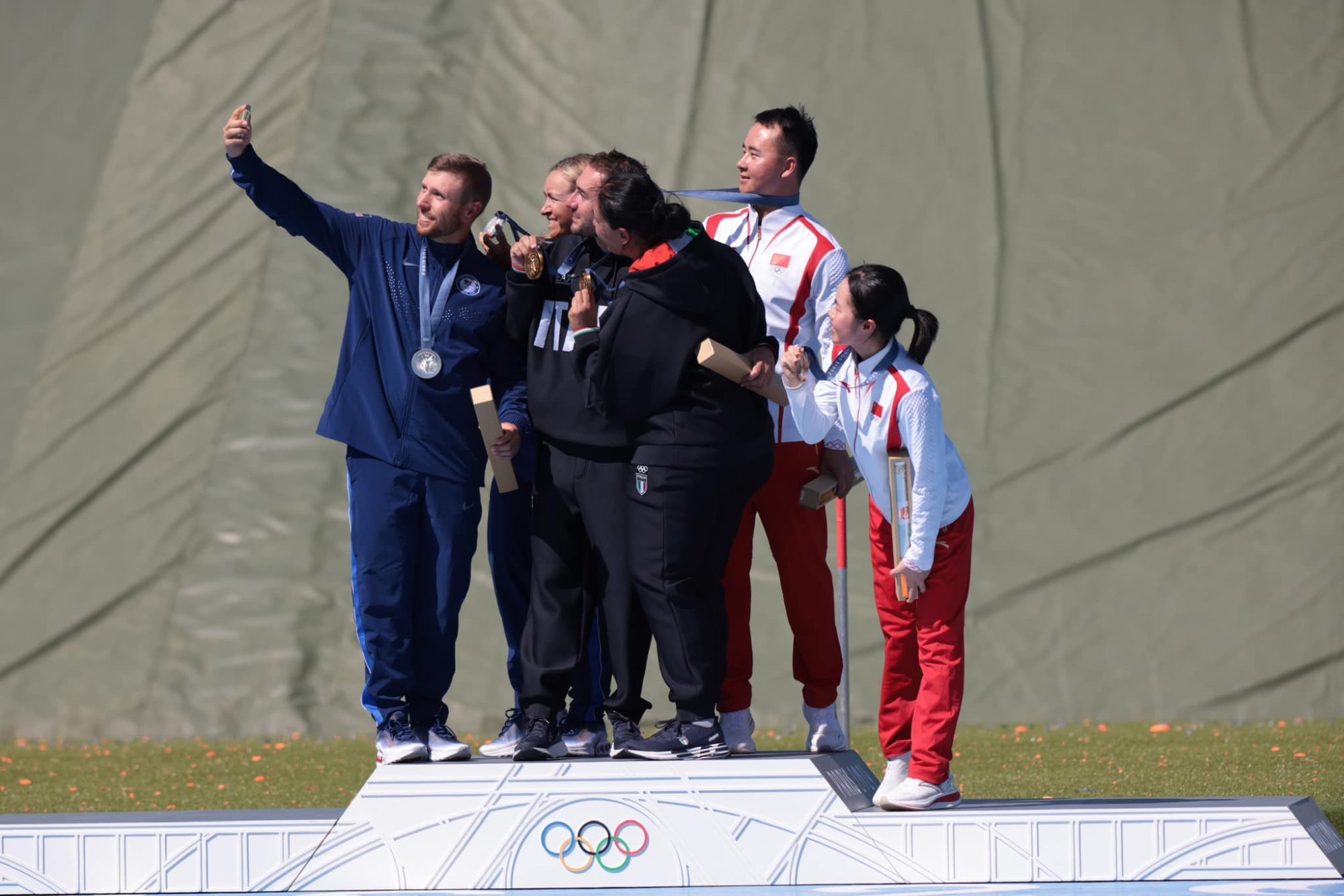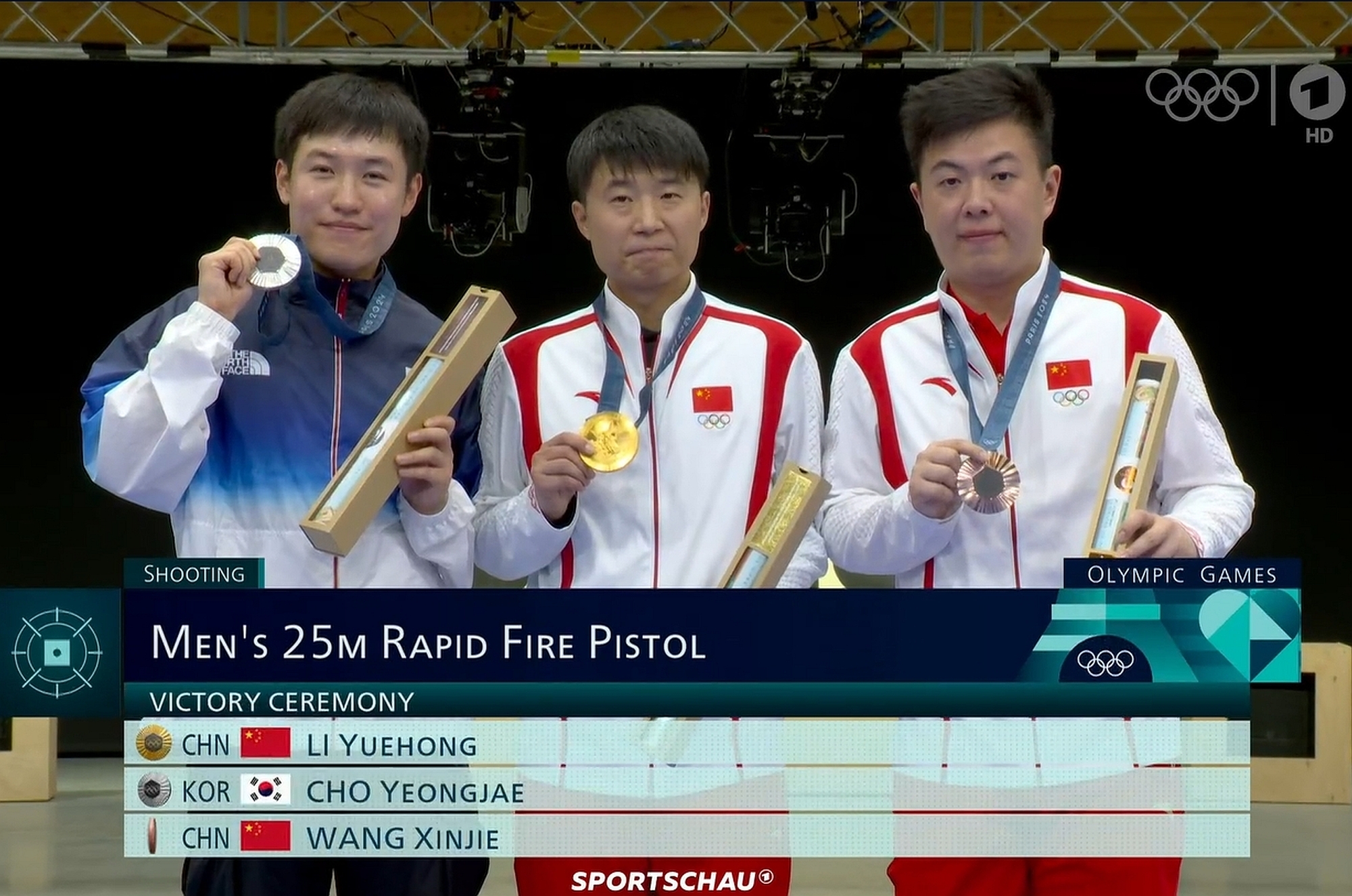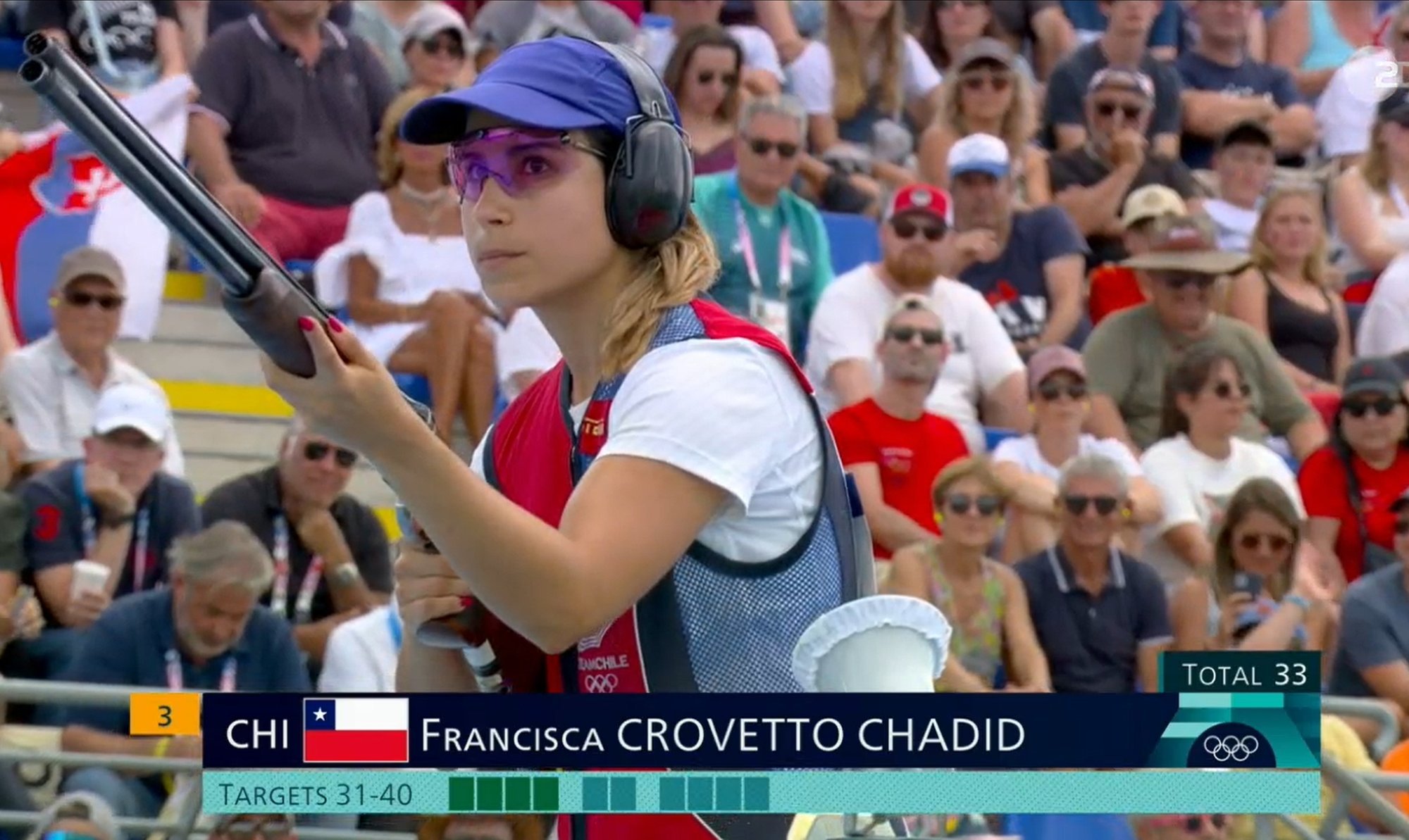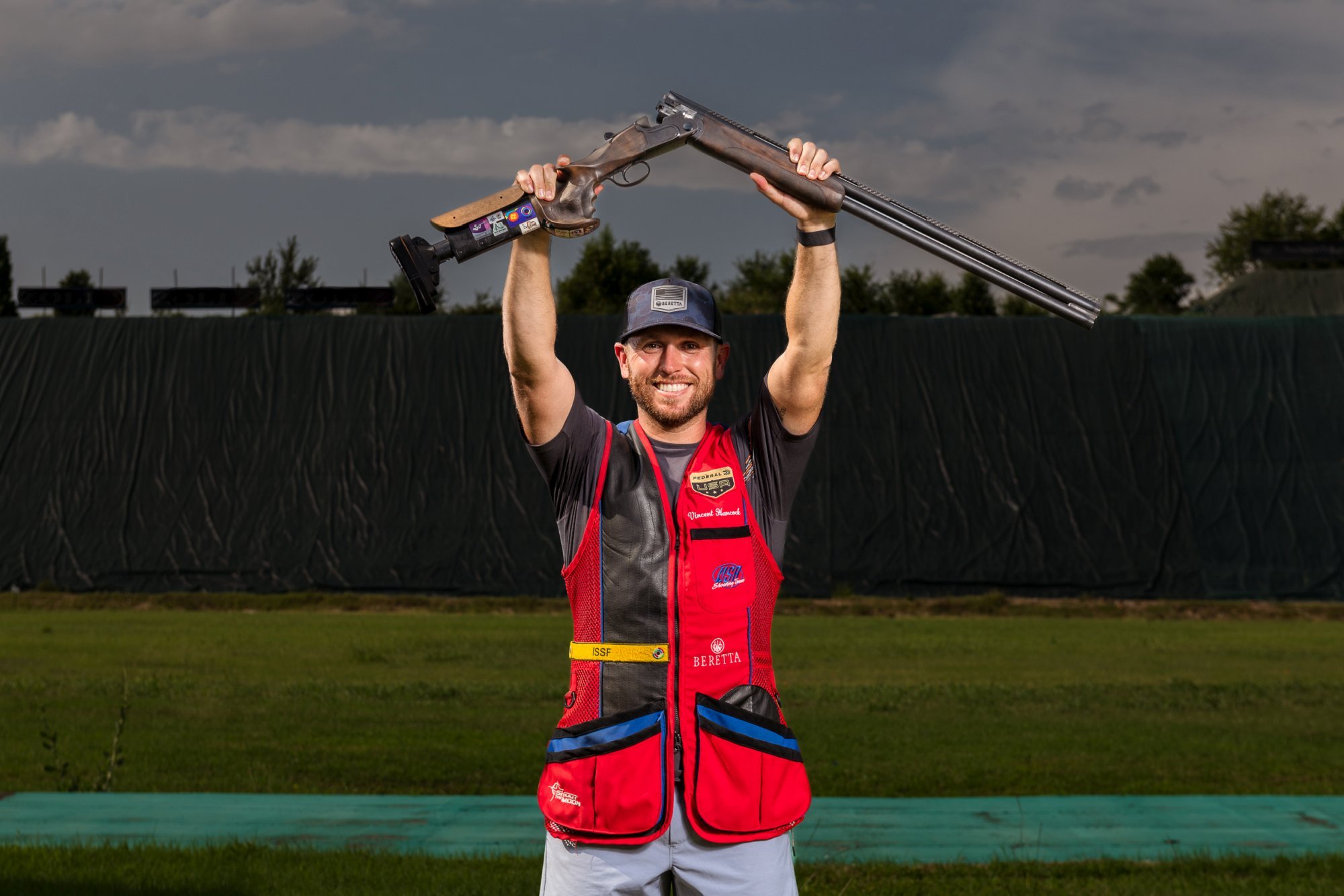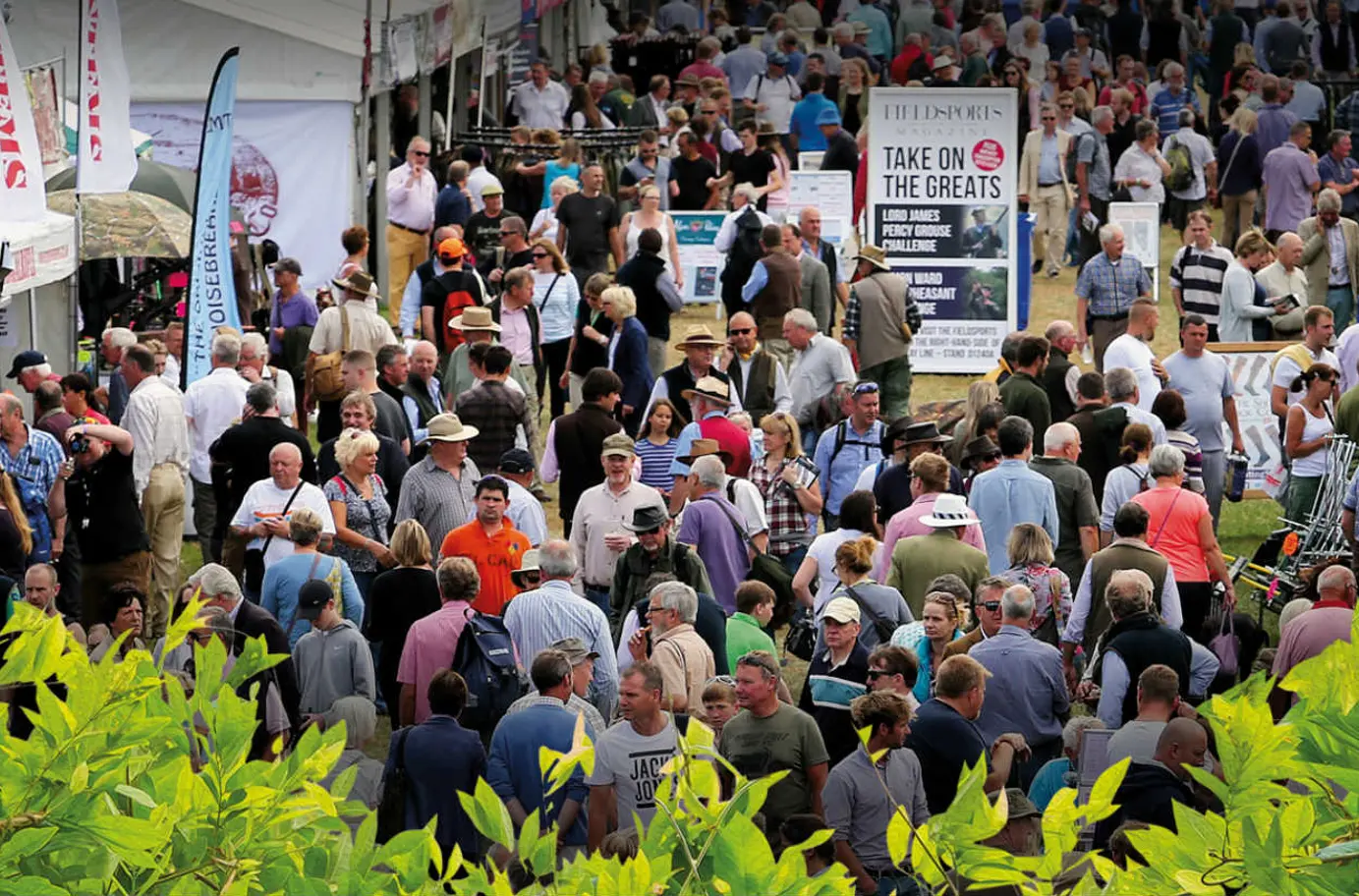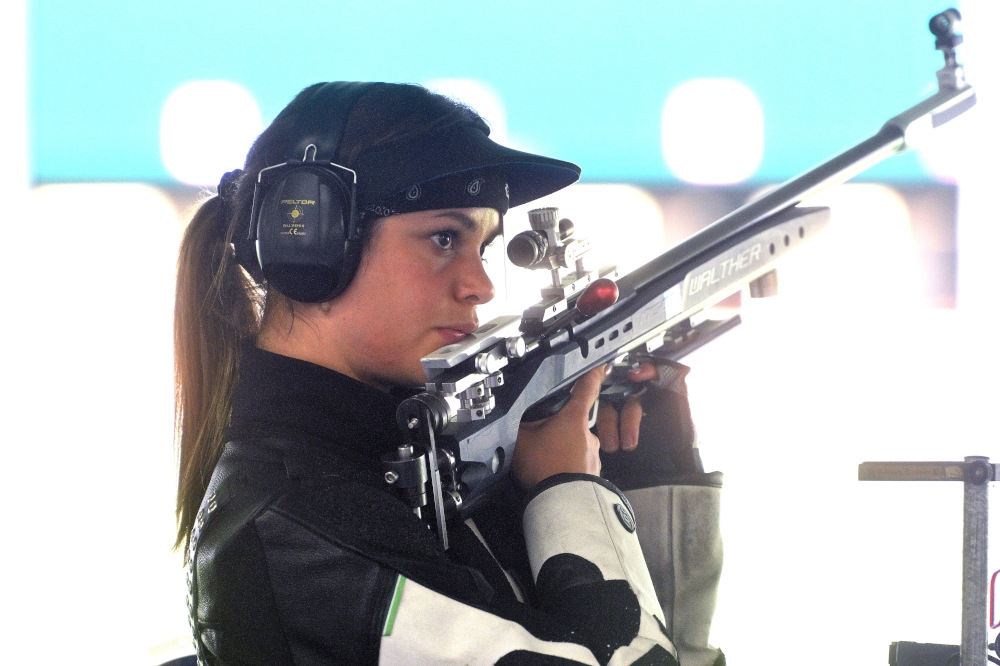The European Shooting Sports Forum (ESSF) – of which AFEMS, the Association of European Manufacturers of Sporting Ammunition, is a member – has worked on a document providing an assessment of the impact that the ECHA's proposed restriction will have on outdoor rifle/pistol shooting ranges in the EU27 (+ UK, Norway and Lichtenstein).
The report, that was forwarded a few days ago to the European Commission (DG GROW) highlights that, as of today, only about 5% of the shooting ranges (outside Germany, Luxembourg, and the Netherlands) are already complying with the proposed derogation conditions, while much more time and money will be needed for all the other ranges to be compliant.
The report in particular underlines that ECHA has greatly underestimated the cost associated with the proposed restriction, as it seems that the proposed derogation conditions have been set without knowing the existing risk management measures in place at shooting ranges in Europe.
Why the ESSF survey
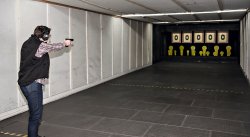
As regards the specific derogation conditions, ECHA has proposed that lead bullets can be used at civilian outdoor rifle and pistol shooting ranges provided that they are equipped with: either (1) trap chambers; or (2) ‘best practice’ sand traps consisting of a sand berm with (a) an impermeable barrier to soil; (b) an overhanging roof or a permanent cover; and (c) a water management system.
Following concerns about the ability of outdoor rifle/pistol “bullet” shooting ranges to comply with ECHA’s proposed derogation conditions and the lack of detailed information at hand for ECHA, the European Shooting Sports Forum (ESSF) decided to gather more information. The survey, with 29 responses from EEA countries and the UK, was designed to gather data on the socio-economic impact of ECHA’s proposal (Annex I).
The results show that a very low number of shooting ranges (less than 6% outside Germany, Luxembourg and the Netherlands) are already complying with the proposed derogation conditions.
Hence, the survey results raise serious concerns about ECHA’s derogation conditions for the continued use of lead ammunition at bullet shooting ranges.
More specifically, the results show that the current proposals from ECHA would have a detrimental effect on European civilian outdoor rifle and pistol shooting ranges and shooters.
Let's see some numbers in detail: the installation of water management systems can be expensive. For example, Norway estimates that the cost of building such a system is €100,000 per shooting range. As the number of non-complying shooting ranges in the responding countries (without Germany, Luxembourg and the Netherlands) is at least 9,000 and presuming that all those ranges must install a full water management system, the total cost of such installations would be at least €900 million; Norway also estimates that the cost of building a sand trap with a roof (without water management system) will be around €1,830 per meter, which would be around €54,900 for each 30 meter running moose/wild boar track. The compliance cost to the ECHA’s proposal would thus be between €114 to 166 million for constructing a complying running target sand trap with a roof (without water management system).
As for trap chambers, Sweden has estimated that the installation cost of installation trap chambers (STAPP) for 20 shooting positions will be €200,000, excluding excavation work. It has also pointed out that the cost of constructing a military rifle range for 20 shooting stands in terms of the ECHA’s derogation conditions is €700,000 including excavation work. Additional annual maintenance cost is €10,000-30,000.
As regards funds available for upgrading outdoor civilian rifle and pistol shooting ranges to the proposed derogation conditions, almost all responding countries indicated that none or less than 5% of their shooting ranges have finances available for such an operation (Annex IV).
Without changes to those conditions, namely the bullet trap specifications and/or the strictly defined best practice sand traps, most shooting ranges will not be able to cater to the continued use of lead bullets because they do not have the capital needed to invest. It is important to note that average civilian outdoor rifle and pistol shooting ranges are entities that do not normally operate at scale to enable business-like operations.
Of course, you can take the view that the lead ban on ammunition will come one way or another. But the consequences would be devastating. Where and with what should hunters and marksmen shoot if there are no more approved shooting ranges? What about the Olympic disciplines (air rifle, rifle and shotgun)? The entire sporting world shoots and trains with precise lead ammunition and the Europeans are left out in the cold? And there will also be massive problems when it comes to hunting, even though there are functioning alternatives to lead, especially in the rifle sector. It becomes critical where it is claimed that copper bullets are "environmentally friendly". Anyone who claims this as part of a greenwashing communication strategy is forgetting about the aquatic toxicity of copper. And that is neither correct nor clever.
ESSF survey: “ECHA has greatly underestimated the cost”
As highlighted in the ESSF survey, it seems obvious that ECHA has greatly underestimated the cost associated with the proposed restriction. It may be argued that observance of the proposed derogation conditions is not mandatory, as shooting at civilian outdoor rifle and pistol shooting ranges could continue using non-lead ammunition. However, such an argument is incomplete. There are few, if any, properly functioning non-lead alternatives available in rimfire and small centerfire calibers, and the ammunition industry is far from being able to produce such ammunition at all or in sufficient quantities in terms of market demand.
Lead risk: “unacceptable” when used by civilians but “acceptable” when used by non-civilians?
Moreover, non-civilian uses of lead ammunition have been excluded from the ECHA’s restriction proposal. It would be intrinsically controversial to claim that the use of the same lead rifle and pistol ammunition at the same shooting range would pose an unacceptable risk when used by civilians but an acceptable risk when used by non-civilians. As regards the continued use of lead bullets at rifle and pistol shooting ranges, ECHA has proposed that the derogation conditions must be in place within five (5) years from the entry into force of the measure. Unfortunately, such measures cannot be achieved within the proposed transitional period. The process including planning, permitting and construction would take for a minimum 1,5 years per one shooting range. In view of the high number of ranges to be reconstructed and the limited availability of planning consultants, permitting officials and construction companies then a significantly longer transition is needed.
And last but not least, it should be pointed out that a ban on lead in ammunition would massively endanger our military security in Europe. You have to be very fatalistic to believe that a lead ban would happen in any case. There are many reasons why this would be fatal for users, industry and trade and why it is by no means too late to use the ECHA's false assumptions to ensure that the EU Commission makes the right decision.



